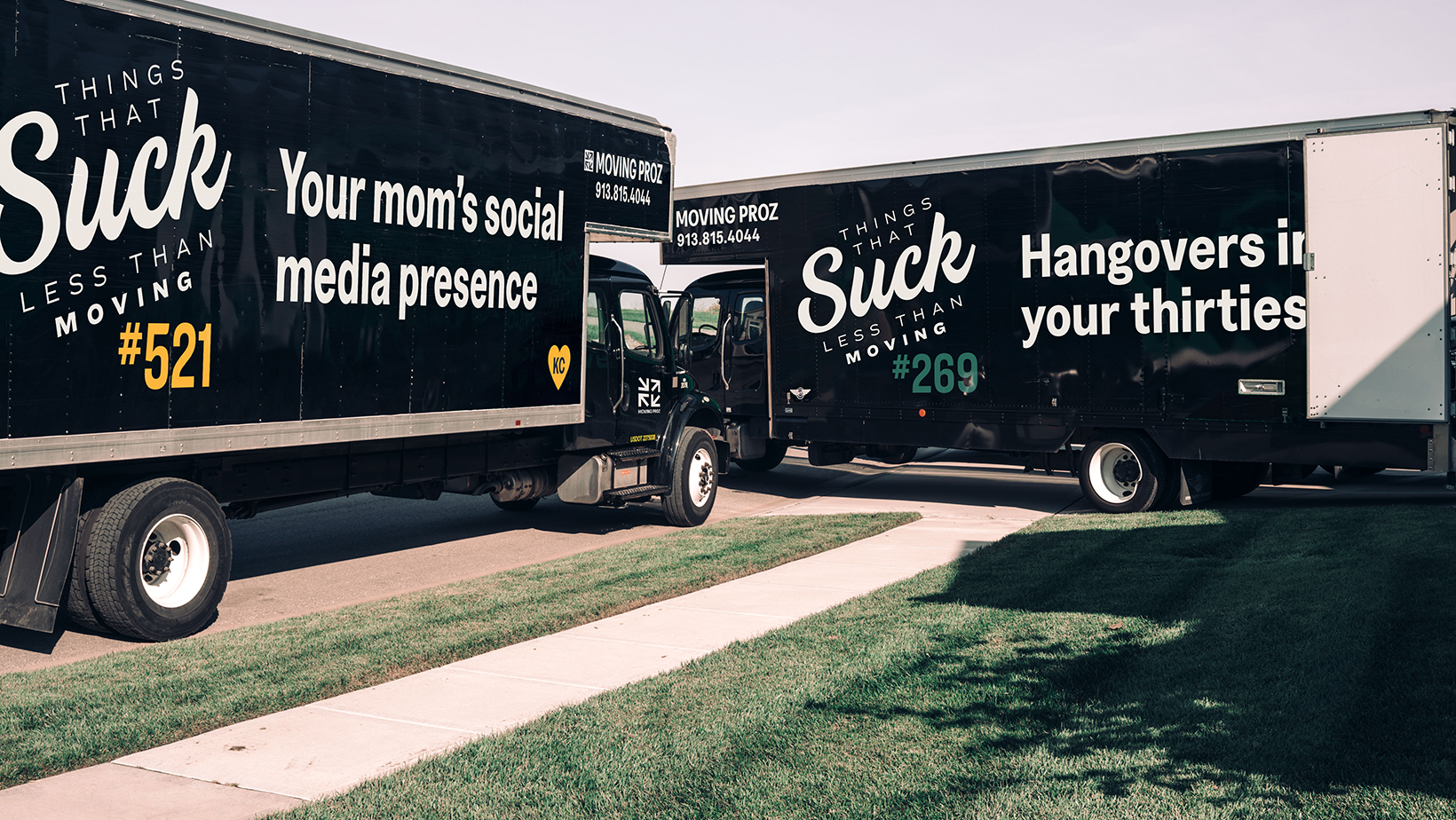Want to know what to do or change after moving in?
Now that you’ve signed on the dotted line and are preparing to move into your new home, there are some things to keep in mind regarding what to do right after move-in day. There are many things in the home that will need to be changed before you take ownership, from lighting to paint.
On top of those physical items, there will also be things like registering your child for school that will need to be addressed.
What Needs to be Changed
1. Window Fixtures
Don’t overlook window treatments that may have been left behind by the previous owners. Those can harbor dust and allergens, plus they may not fit with your new decor and overall style. Install shutters or blinds instead for a cleaner, sleeker look. If the old homeowners left nothing at all on the windows, make sure you make blind or shutter installation a priority so you can preserve your privacy.
2. New Lighting Fixtures
The old light fixtures may be unsightly, old, or energy inefficient. Switching these out is one of the easiest ways to boost visibility and cost effectiveness without spending a ton of money. You may want to take this time to consider recessed lighting, or perhaps install some much-needed task lighting in the kitchen. Another thing you may want to do is change all the incandescent bulbs to LED lights, which save energy.
3. Paint
Add a fresh coat of paint to make the space truly yours. You won’t believe the difference it can make. You can switch out a drab color for a bold one, or stick with something neutral. Either way, this will brighten all the rooms and eliminate marks or scuffs from the previous owners.
4. Flooring
The flooring may likely be old and worn out. Before moving in, rip up outdated and worn carpeting, vinyl, and tile flooring, perhaps replacing it with timeless hardwood. Not only will this increase property value, it will get rid of any sources of allergens that could be hiding in rugs.
5. Kitchen and Bath
Upgrade these two most popular rooms, which are highly functional areas that must operate at optimal efficiency. Did you know these projects give you the highest ROI of any home project? You may want to:
- Replace older toilets with high-efficiency, low-flush models.
- Add marble, quartz, or tile countertops.
- Install a new garbage disposal.
- Add luxury shower and tub options.
- Switch out a single-bowl kitchen sink with multiple bowls.
- Add more cabinetry for additional storage space.
What Needs to be Addressed
Now that you have switched out the physical components, it’s time to handle the less tangible details of moving to a new city. It’s time to get oriented to a new place with new surroundings, friends and co-workers. The upheaval of a move can result in a sense of disorientation and unease until you find where you belong in the new place. You will eventually get over the initial shock of moving but it can be tough at first.
Check out some tips for a smoother transition:
1. Organize Your Time
The post-move period starts as you walk into your new house. While you may be feeling relieved that the stress of moving day is over, the stress may start up again as you glance around the new home and realize what still needs to be done. If you had created a moving calendar and timeline for moving out of the old house, now’s the time to put something similar in place for the new one.
This will help you organize and prioritize your time in a more efficient way. Unpack one room first, then go into the next. Or, unpack the essentials first, then work your way down. Craft a new to-do list that lists all the tasks you have to tackle now that your move is over-with. From checking out new schools and doctors to changing your address, here’s what else needs to be done.
2. Learn About Your New Home
Your new home is an unknown territory for you at this juncture. Go around the house and look for any signs of damage. Also, inspect pipes for leaks and be on the lookout for signs of infestation. Yes, most damage should have been caught by home inspectors, but these days, with home inspections being waived by many, things will likely have fallen through the cracks.
Familiarize yourself with where the fuse box and main water stop valves are in case there’s an emergency. Jot down the readings for the water and electricity meters.
Test out all locks. Arrange for a locksmith to replace any that don’t work. Got kids? Make sure all windows, doors and outlets are child-proofed. If not, put this on your priority list. Know where the smoke and carbon monoxide detectors are as well as fire extinguishers.
3. Change Your Address
Complete a new address form at the post office or go online, if you haven’t done this already. Set up service with your utility companies as well.
4. Register Your Kids at School
Take tours of your local school, take notes, and enroll your child in the one that is located in your district. Ask for recommendations from friends, colleagues and neighbors, then gather information online about the school and make sure you know what to expect in terms of dress code, hours, etc. Gather all the required documents and medical forms you will need to make sure the enrollment process is smooth.
5. Find Doctors
Locating a good health care provider, one you can really trust, is daunting but it’s a process you have to go through nonetheless. And you will need someone fairly quickly in case a family member falls ill. Research area doctors and specialists, go on tours, talk to staff, and ask about experience.
Contact Moving Proz
Ready to take that leap? We can help get you through moving day. Just contact us for a free quote today.

